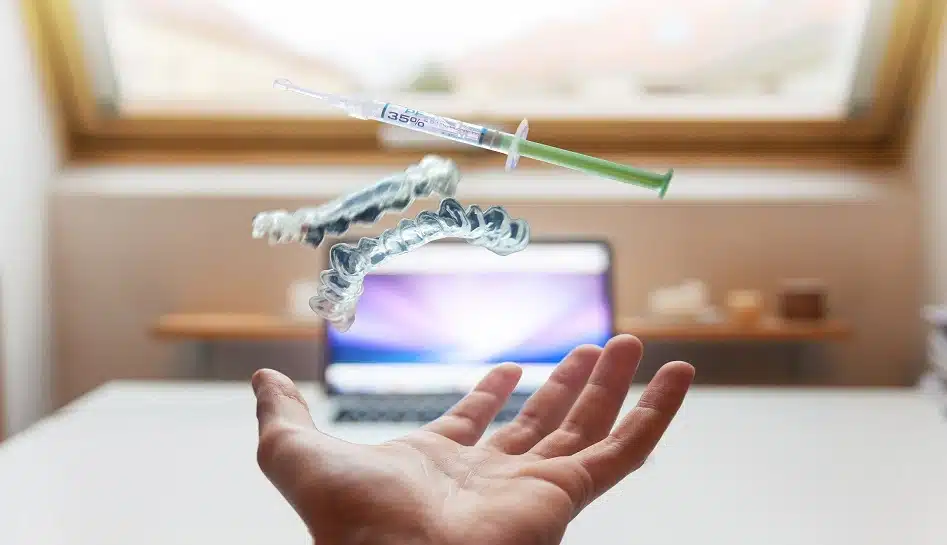Personalised medicines account for more than 25 percent of the new treatments approved since 2015
Kruxd explains how personalised medicine has developed over the years, its impact on diagnosis, prevention, and treatment.
What is personalised medicine?
Medicines prescribed according to a person’s genes, proteins, and environment to prevent, diagnose and treat diseases. It is often accompanied by medical interventions to optimise molecular mechanisms that improve overall health of an individual.
Healthcare professionals analyse patients’ medical histories and results from diagnostic tests to provide individualised treatment and prevention plan.
Need for precision medicine
A majority of patients receive care using the same protocols. For instance, patients with the same disease would receive the exact same treatment, and if it fails, another treatment would be tried.
In this classical pharmacotherapy approach of “one-size-fits-all”, even the best drugs work on only 50 to 70 percent of the patients. Much before the availability of personalised medicines in the market, an average response rate of cancer drugs was lowest at 25 percent, according to a 2012 Spear report.
Accordingly, on average, 38 percent of antidepressants were found to be ineffective along with medications for asthma (40 percent), diabetes (43 percent), arthritis (50 percent) and that for Alzheimer’s (70 percent).
The fundamental tenet of this strategy is that phenotypic and genotypic variation exists among individuals. The key to our differences is our complete set of DNA called the genome. Although, all humans are 99.9 percent identical, which means we differ just 0.01 percent. But that 0.01 percent represents millions of different locations within the genome where variations occur. This determines our biological, behavioural traits, how we look, our response to drugs etc.
It took 13 years (1990-2003) to sequence the first human genome at a cost of $3 billion.
Next generation DNA sequencing technology dramatically reduced the cost in 2021. Now the entire human genome could be sequenced in less than two weeks at a cost of $500.
People driving the change
Patients and consumers take part in research studies, genetic testing, and collaboration with medical professionals to proactively manage disease risk and devise therapy strategies
Healthcare professionals use modern technologies to individualise disease prevention, detection, diagnosis, treatment, and care while taking the patient’s genetic profile into account.
Biopharmaceutical companies understand genetic diversity and how it affects the safety and efficacy of a potential treatments. This can help in the development of targeted therapies and new research.
Diagnostic companies improve the understanding of disease at the molecular level, creating tools and tests to assess and interpret genetic data, and increasing the possibility that a patient would respond to medication
Academic researchers conduct scientific and clinical research to learn more about the molecular causes of disease and human genetics, allowing for more precise diagnosis and tailored therapeutic development
IT and informatics companies, establish electronic tools and resources to gather and maintain patient health data, making it accessible to guide clinical judgments, enhance safety, and respect patient privacy
Advocacy groups educate patients and healthcare professionals, expedite research, and encourage required policy and regulatory changes.
Payors look into creative business models to support the use of personalised medicine by paying for molecular diagnostics, targeted therapies, and other forms of individualised care.
Where are we headed?
The availability of personalised medicines in the market has risen from just five in 2008 to 81 in 2012. In 2020, there were more than 280 of these medications available, and the number is expected to rise.
FDA approval
Personalised medicines are categorised by the Personalised Medical Coalition (PMC) as those therapeutic treatments for which the label makes reference to certain biological markers identified by diagnostic technologies, enabling the medical professionals to prescribe them to specific patients.
FDA’s Center for Drug Evaluation and Research (CDER) has approved 48 new molecular entities, 35 percent of them (17) are personalised medicines as classified by the PMC.
In 2020, personalised medicine accounted for nearly 40 percent of newly approved NMEs.
Personalised medicines now account for more than 25 percent of the new treatments approved since 2015.

















